Best Night Sky Events of March 2014: Stargazing Sky Maps (Gallery)
New Moon, March 2014
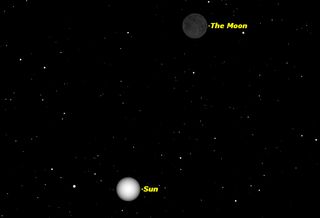
Saturday, March 1, 3:00 a.m. EST. The moon is not visible on the date of New Moon because it is too close to the sun, but can be seen low in the east as a narrow crescent a morning or two before, just before sunrise. It is visible low in the west an evening or two after New Moon. This is the first of two New Moons this month.
First Quarter Moon, March 2014
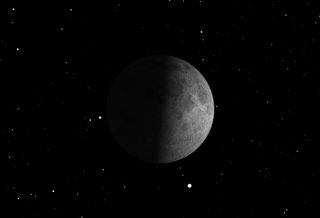
Saturday, March 8, 8:27 a.m. EST. The First Quarter Moon rises around 11 a.m. and sets around 2 a.m. It dominates the evening sky.
Full Moon, March 2014
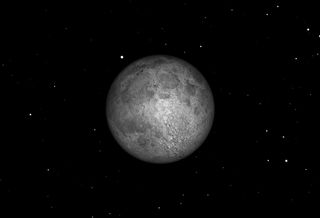
Sunday, March 16, 1:08 p.m. EDT. The Full Moon of March is known as the Worm Moon, Crow Moon, Sap Moon, or Lenten Moon. It rises around sunset and sets around sunrise, the only night in the month when the moon is in the sky all night long. The rest of the month, the moon spends at least some time in the daytime sky.
Last Quarter Moon, March 2014

Sunday, March 23, 9:46 p.m. EDT. The Last Quarter Moon rises around 2 a.m. and sets around noon. It is most easily seen just after sunrise in the southern sky.
Second New Moon, March 2014
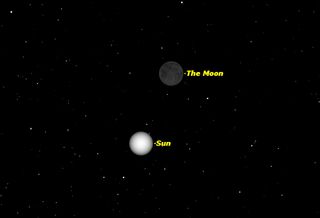
Sunday, March 30, 2:45 p.m. EDT. This is the second New Moon this month. There is no special name for this event. Notice how much closer the sun and moon are compared to the New Moon on March 1. At the next New Moon on April 29, the moon will pass directly in front of the sun, causing an annular solar eclipse, visible in Antarctica and Australia.
Jupiter and the Moon, March 2014

Saturday/Sunday, March 9/10, 1 a.m. Saturday night (or rather Sunday morning) at 2 a.m. we turn our clocks forward to Daylight Saving Time. About an hour before that happens, have a look at your western horizon. You’ll see an arch of first magnitude stars: Procyon, Pollux, Castor, and Capella, and suspended beneath them, the planet Jupiter and the slightly gibbous waxing moon.
Mercury at Greatest Elongation, March 2014
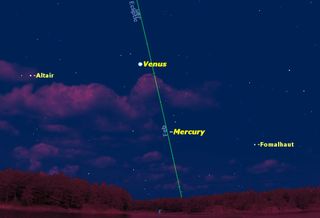
Friday, March 14, before sunrise. For observers in the southern hemisphere, this is the best time to see Mercury in the morning sky. Look about half an hour before sunrise, and you will see Mercury half way between brilliant Venus and the horizon, framed by first magnitude stars Altair and Fomalhaut.
Get the Space.com Newsletter
Breaking space news, the latest updates on rocket launches, skywatching events and more!
Zodiacal Light, March 2014

Tuesday, March 18–Tuesday, Apr. 1, after evening twilight. The faint glow of the zodiacal light, reflected from millions of tiny interplanetary particles, will be visible from northern latitudes in the western sky right after evening twilight ends. Fainter than the Milky Way, this is only visible in really dark skies. The Milky Way arches from southwest to northwest, while the zodiacal light rises straight up from the western horizon underneath Jupiter.
Mars, Spica, and the Moon, March 2014

Tuesday, March 18, 10 p.m. local time. Look towards the eastern horizon around 10 p.m. and you’ll see the moon, two days past full, rising with the planet Mars to its left and Spica to its right.
Asteroid Erigone Occults Regulus, March 2014
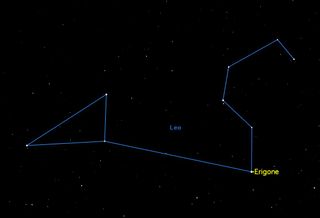
Thursday, March 20, 2:07 a.m. Asteroid 163 Erigone will pass in front of the first magnitude star Regulus, causing it to blink out of sight for a few seconds. This will be visible only on a narrow path starting over Long Island, New York, through Kingston, Ontario, Algonquin Provincial Park, and the western part of Hudson’s Bay. A map of the predicted path is shown here http://www.asteroidoccultation.com/observations/RegulusOcc/. Erigone itself will be 11th magnitude, not visible to the naked eye.
Equinox, March 2014
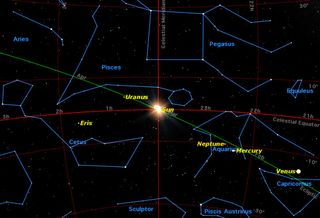
Thursday, March 20, 12:57 p.m. EDT. The sun crosses the celestial equator heading north, marking the beginning of Spring in the northern hemisphere and Autumn in the southern hemisphere.
Join our Space Forums to keep talking space on the latest missions, night sky and more! And if you have a news tip, correction or comment, let us know at: community@space.com.

Space.com is the premier source of space exploration, innovation and astronomy news, chronicling (and celebrating) humanity's ongoing expansion across the final frontier. Originally founded in 1999, Space.com is, and always has been, the passion of writers and editors who are space fans and also trained journalists. Our current news team consists of Editor-in-Chief Tariq Malik; Editor Hanneke Weitering, Senior Space Writer Mike Wall; Senior Writer Meghan Bartels; Senior Writer Chelsea Gohd, Senior Writer Tereza Pultarova and Staff Writer Alexander Cox, focusing on e-commerce. Senior Producer Steve Spaleta oversees our space videos, with Diana Whitcroft as our Social Media Editor.
